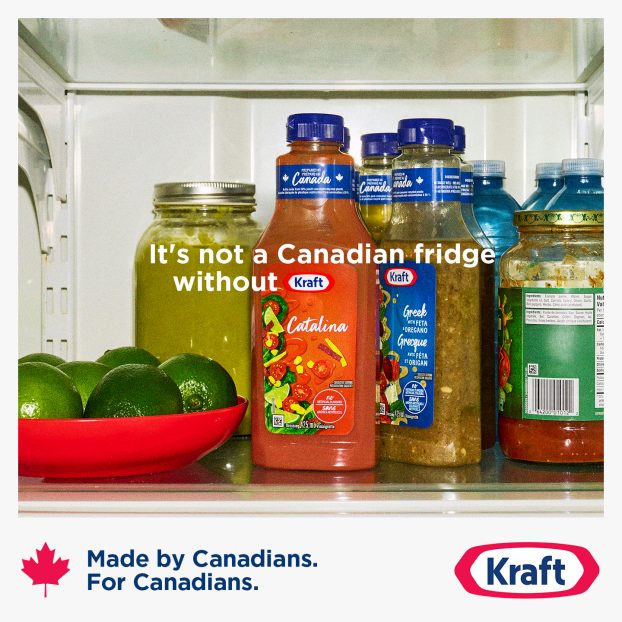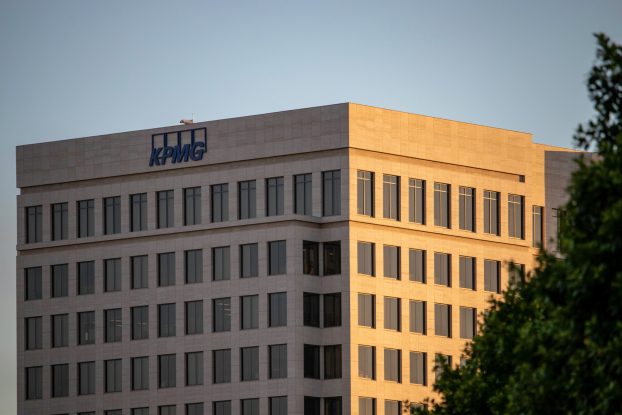Last month, the international Council of Sales Promotion Agencies met in New York City to determine the finalists in its annual awards competition. Twenty finalists were chosen in 10 categories, from among hundreds of entries submitted by agencies around the world. Three of the finalists were Canadian. This report will consist of case studies of the three Canadian programs. Each has an in-store element.
An in-store sampling program for Procter & Gamble’s NyQuil brand helped relieve the cough and cold remedy’s ‘low trial’ symptoms.
The program, executed in Western Canada in the height of last winter’s cough and cold season, resulted in about 950,000 NyQuil Cough & Cold Survival Kits being distributed to consumers.
Each kit contained a 30-millilitre sample of cherry-flavored NyQuil, a pocket-sized package of Royale Ultra tissues, and the NyQuil Cough & Cold Survival Fact Book – a brochure containing trivia about the common cold.
Kevin Astle, president and chief operating officer of The Gaylord Group, the Etobicoke, Ont.-based sales promotion agency that created the program, says although the NyQuil brand enjoyed high recognition in the period leading up to the promotion, the rate of trial – 5% – was only one-quarter that in the u.s.
Astle attributes the low rate primarily to the fact that Canadian health regulations prohibit the sampling of drug products directly to consumers, a key method of generating trial for any new product.
‘If Canadian consumers want a sample, they have to request it from a health professional,’ he says.
According to Astle, the key to the success of the program was enlisting the support of pharmacists who could distribute and recommend the product on p&g’s behalf.
This was accomplished through the development of a mailing to more than 2,000 retail pharmacists west of the Ontario-Manitoba border.
The mailing consisted of a four-color, foldout brochure that talked about NyQuil’s multiple cold symptom-relieving properties, and invited the pharmacist to order the Cough/ Cold Survival Kits by returning the enclosed business reply card, or by dialing a toll-free number.
All contacts were recorded on a database developed by p&g and Gaylord specifically for this promotion.
As a followup to the mailing, p&g employees visited the top 300 pharmacies.
As well, pharmacists who did not respond to the mailing were targeted through an outbound telemarketing campaign.
The sampling program was supported by a 15-second commercial, created by NyQuil’s Toronto-based advertising agency, dmb&b, which encouraged viewers to ask their pharmacist for a free Cough & Cold Survival Kit.
In-store advertising included posters and shelf-talkers that were compatible with the television advertising and the foldout brochure.
Ken Cross, brand manager at p&g, and the executive who oversaw the NyQuil promotion, says more than 50% of the pharmacists targeted ordered samples and that sales volume exceeded expectations, especially when compared with similar programs in the u.s.
Further, Cross says, the sales increases were sustained well after the promotion, a bonus given the fact that most consumers will choose between a stable of preferred brands, depending on what is being promoted at the time.
‘That is a function of it being the right product,’ he says, adding that once people try NyQuil, they tend to become loyal to the brand.
As for Astle, he believes the promotion was successful because p&g treated the retail pharmacists as partners in the program.
‘The problem with most promotions is that the trade is often considered a black hole, in that you have to pay a lot of money towards something you don’t get to control,’ he says.
‘What we were trying to do here was treat the management of the individual stores as key people in our overall programming.’
A national rollout is planned for 1995.























